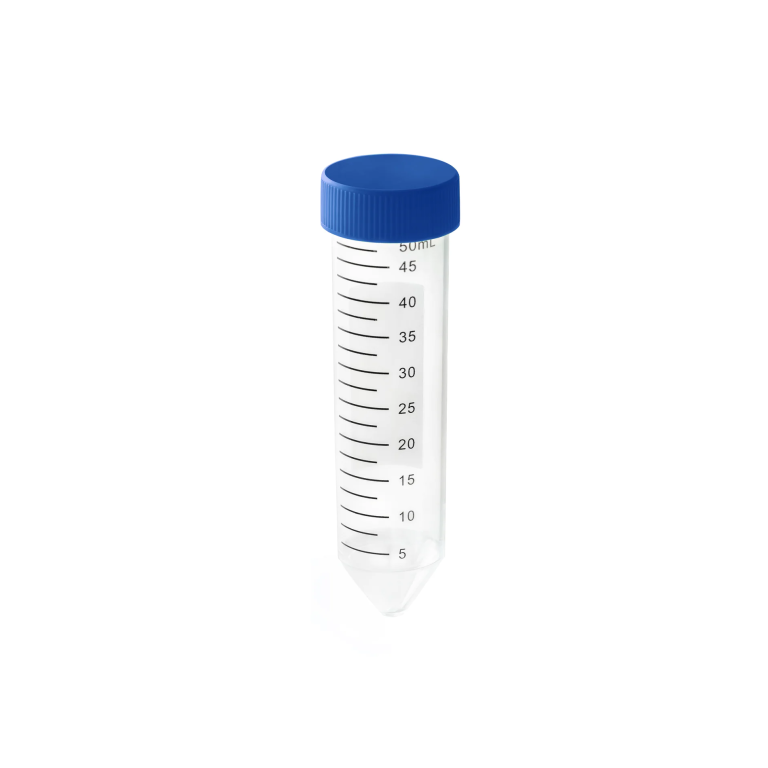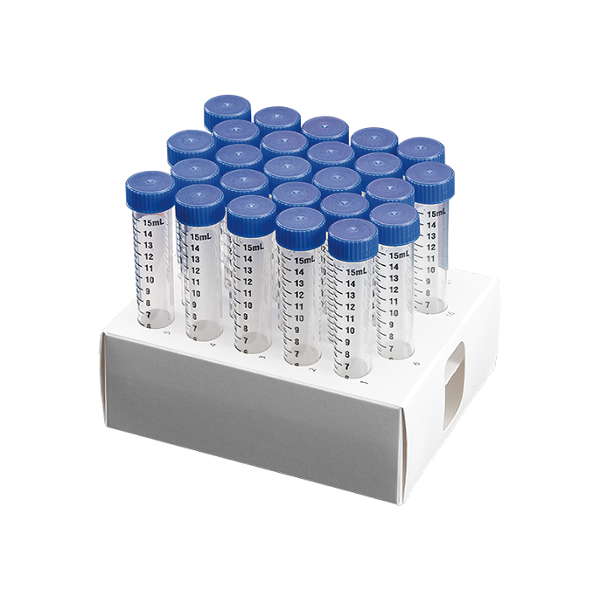Robotic tips, commonly used in laboratory automation systems such as pipetting robots and surgical robots, are typically made from the following materials, depending on their specific use case:
### 1. **Plastic (Polypropylene)**
– **Application:** Pipetting tips and consumable robotic tips in laboratories.
– **Properties:**
– Lightweight and durable.
– Chemically resistant, especially against common reagents used in labs.
– Sterile options available to prevent contamination.
– Compatible with high-throughput processes.
– **Why Used:** Polypropylene is widely used due to its low cost, biocompatibility, and resistance to chemicals and heat.
### 2. **Stainless Steel**
– **Application:** Surgical robotic tips, precision handling tools, and industrial robotic grippers.
– **Properties:**
– Strong, durable, and corrosion-resistant.
– Biocompatible for use in medical procedures.
– Can be sterilized easily for repeated use.
– **Why Used:** Stainless steel is ideal for surgical applications where strength, precision, and sterilization are critical.
### 3. **Silicone**
– **Application:** Gripping tips or flexible parts on robotic arms.
– **Properties:**
– Soft, flexible, and high-friction material.
– Used for handling delicate items without causing damage.
– Sterilizable for medical or food-related applications.
– **Why Used:** Silicone’s flexibility and grip are essential for applications requiring delicate or sensitive material handling.
### 4. **Ceramic**
– **Application:** Specialty surgical tools or high-temperature robotic applications.
– **Properties:**
– Extremely hard, wear-resistant, and heat-resistant.
– Can be sterilized easily.
– **Why Used:** Ceramic tips are often used for their durability in harsh environments, such as in medical and industrial settings where precision and resistance to heat are crucial.
### 5. **Teflon (PTFE)**
– **Application:** Tips for handling corrosive chemicals or sticky substances.
– **Properties:**
– Non-reactive and non-stick surface.
– Resistant to high temperatures and chemical corrosion.
– **Why Used:** Teflon is ideal for applications where low friction or non-reactivity is essential, such as in chemical labs or environments with extreme conditions.
### 6. **Carbon Fiber**
– **Application:** High-performance robotic systems requiring lightweight and strong materials.
– **Properties:**
– Lightweight, strong, and highly durable.
– Resistant to wear and capable of high precision.
– **Why Used:** Carbon fiber is used in advanced robotics for its combination of lightness and strength, especially where weight reduction is important, such as in aerospace or high-end manufacturing.
Each material is selected based on the specific requirements of the robotic system, such as the type of work (e.g., medical, industrial, or laboratory), the need for sterility, and environmental factors like exposure to chemicals or high temperatures.


